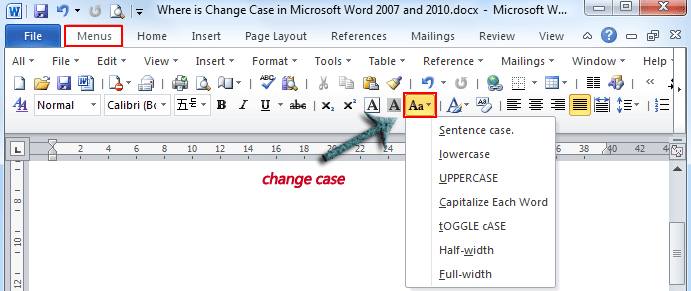
Now no matter which version of Outlook you are using, you will be able to customize the default fonts you are using. Go to File menu and select Save As option. However, you can change the encoding by changing the file into plain text format. You can choose the font, the size and the style you’d like to use in Outlook. Word will assign the character encoding by default based on your regional language installation or UTF-8. Now under New mail messages, Replying or forwarding messages and Composing and reading plain text messages click on the Font button and choose your desired fonts for each.Follow these steps to change the default font in Word. Important Note: The steps given below work in Word 2013, 2016, 2019, and 365.
#Changing default font in word 2016 how to#
In this quick Windows 10 guide, let me show you how to change the default font in Word. If you are still using Outlook 2003 or 2007, then your steps are a little different to change the default settings. All you have to do is, open the font options window, choose a font, and save the changes.

You can choose whichever font and size you would like to use, and it should not be affected by the theme you’ve chosen.Ĭhanging Font Settings in Outlook 2003 or 2007 This is the current Word 2019/365 for Windows default Body Text style, at least on our test machines. The font for new mail messages is used when composing HTML email or typing notes in calendar, contacts, and tasks items. It depends on the version of Office, Windows or Mac, changes made previously and, perhaps, your horoscope. Changing the default font is easy: go into Options, click the Stationery and Fonts button to open the Stationery dialog then pick a different font.

If desired, use the Font Size drop-down list to pick the size of font you want Excel to use. Your Styles pane will now show a lot longer list of styles.


All you need to do is follow these steps: Setting the default font that you want Excel to use is actually quite easy. David wonders how he can change the default font for Excel when he opens a new workbook.


 0 kommentar(er)
0 kommentar(er)
